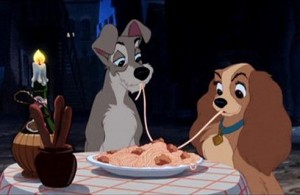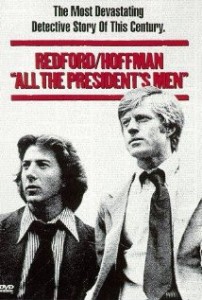Hercules
Posted on December 13, 2002 at 5:17 am
According to Disney, Hercules was the adored son of gods Zeus and Hera, stolen by Hades, ruler of the underworld, and made mortal. He must become a true hero to become a god again, so he can live with his parents on Mount Olympus. To do this, he seeks out a grouchy satyr (voice of Danny DeVito), who trains him in fighting techniques and strategy. When he saves some children (so he thinks) and defeats the hydra (its many heads masterfully provided by computer animation), he becomes an instant celebrity, with action figures and “Air Hercules” sandals. He goes on to his other labors, but finds that is not enough to be a real hero — that comes from the heart, not the muscles.
Kids will need some preparation for this movie. What little exposition there is is provided by Spice Girl-style “muses” as a sort of gospel Greek chorus, fun to watch, but hard to follow. The role of the three fates, who share one eye between them and cut a thread when a human’s life is ended, is particularly confusing.
The love interest in this movie is Meg, who sold her soul to Hades to save the life of her boyfriend, and must now try to find Hercules’ weakness, so that Hades can take over Olympus. She is tougher and braver than the traditional DID (as damsels in distress are referred to in the movie), but still very much on the sidelines in the big moments. Parents may want to talk to both boys and girls about her choices. They may also want to talk about the absence of people of color (other than the muses).
The movie’s other weakness is its lackluster score. As in “Aladdin,” this movie’s white-bread, “aw, shucks” teen-age protagonist is utterly outshone by a star turn of astonishing verve — this time, James Woods as bad guy Hades, who will join Cruella DeVille in the pantheon of unforgetable villains. Sidekicks Pain and Panic (Bobcat Goldthwait and Matt “Max Headroom” Frewer) are wickedly funny as well.
Families who watch this movie should talk about who the real heroes are, and how society treats its heroes. Why do we buy products endorsed by athletes (or movie tie-ins)? It is also worth talking with them about Hercules’ motivation — is wanting to be a god a good reason to want to be a hero? Do we see any evidence that he (or anyone else in the movie) has much concern for the well-being of the community?
NOTE: While the tone of the movie is light-hearted, parts of it may be too scary and intense for smaller children. Some may also be confused or even upset about the underworld and what happens when people die.


